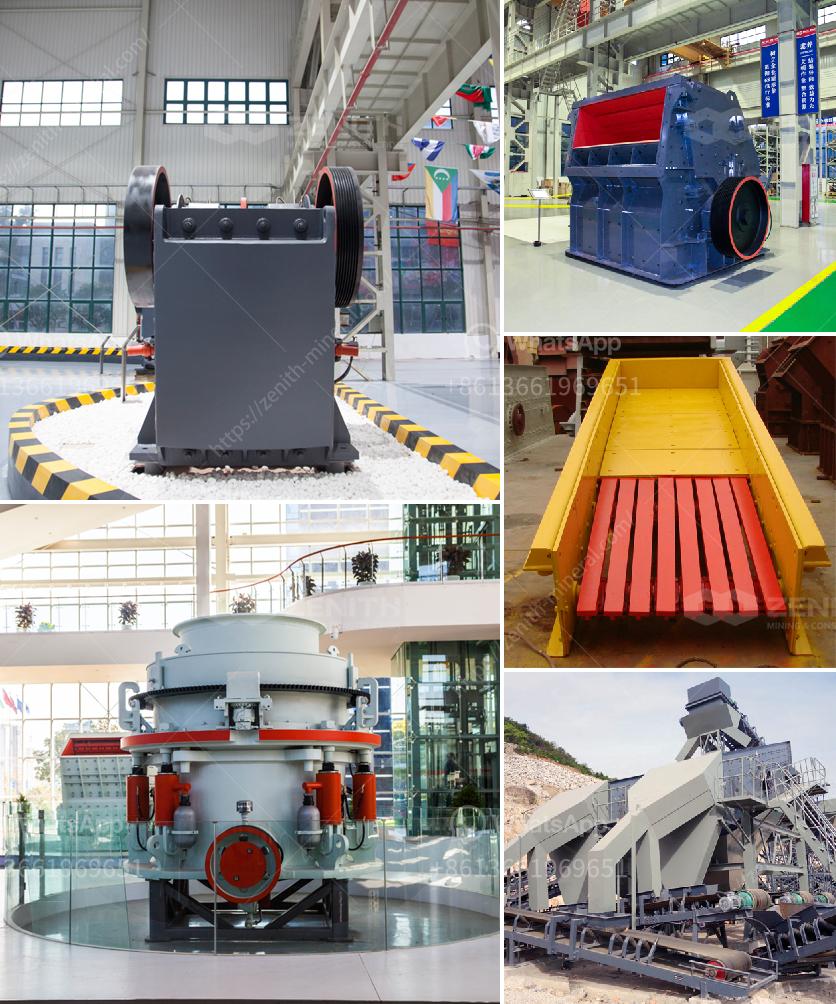A 4tph (tons per hour) gold ore processing plant refers to a facility that processes gold ore at the capacity of four tons per hour. Here’s an overview of what such a plant generally comprises and what to consider:
Components of a 4tph Gold Ore Processing Plant:
-
Crushing System:
- Jaw Crusher: To break down large pieces of ore into smaller pieces.
- Cone Crusher / Impact Crusher: For secondary crushing to further reduce the size of the ore.
-
Grinding and Classification:
- Ball Mill/ SAG Mill: To grind the crushed ore into fine particles.
- Classifier: To separate the finely ground ore particles according to size.
-
Concentration (Gravity Separation):
- Jigs, Shaking Tables, or Spiral Chutes: Utilized to separate heavier gold particles from the lighter ones based on density differences.
-
Leaching Process:
- Leaching Tank: Where gold is dissolved into solution typically using cyanide.
- Agitator: Helps to mix the ore and cyanide solution thoroughly.
-
Adsorption and Elution:
- Carbon-in-Pulp (CIP) or Carbon-in-Leach (CIL) tanks: Where gold is adsorbed onto activated carbon.
- Elution System: To strip gold from the carbon.
-
Electrowinning and Smelting:
- Electrowinning Cells: Used to recover gold from the solution.
- Smelting Furnace: To melt the gold into ingots or bars.
-
Tailings Management:
- Tailings Pond or Tailings Treatment System: For managing waste products.
Key Considerations:
- Ore Characteristics: The hardness, mineral composition, and amount of sulfides in the ore can influence equipment selection and process design.
- Energy and Water Requirements: Adequate supplies of electricity and water are necessary for running the plant.
- Regulatory Compliance: Ensuring that the plant operates within environmental and safety regulations.
- Recovery Rate: Efficiency in recovering gold from ore, which directly impacts economic viability.
- Maintenance and Downtime: Regular upkeep to minimize unexpected shutdowns.
Setting up and operating a 4tph gold ore processing plant effectively requires a good understanding of ore geology, efficient plant design, and ensuring all operational protocols are rigorously followed.

